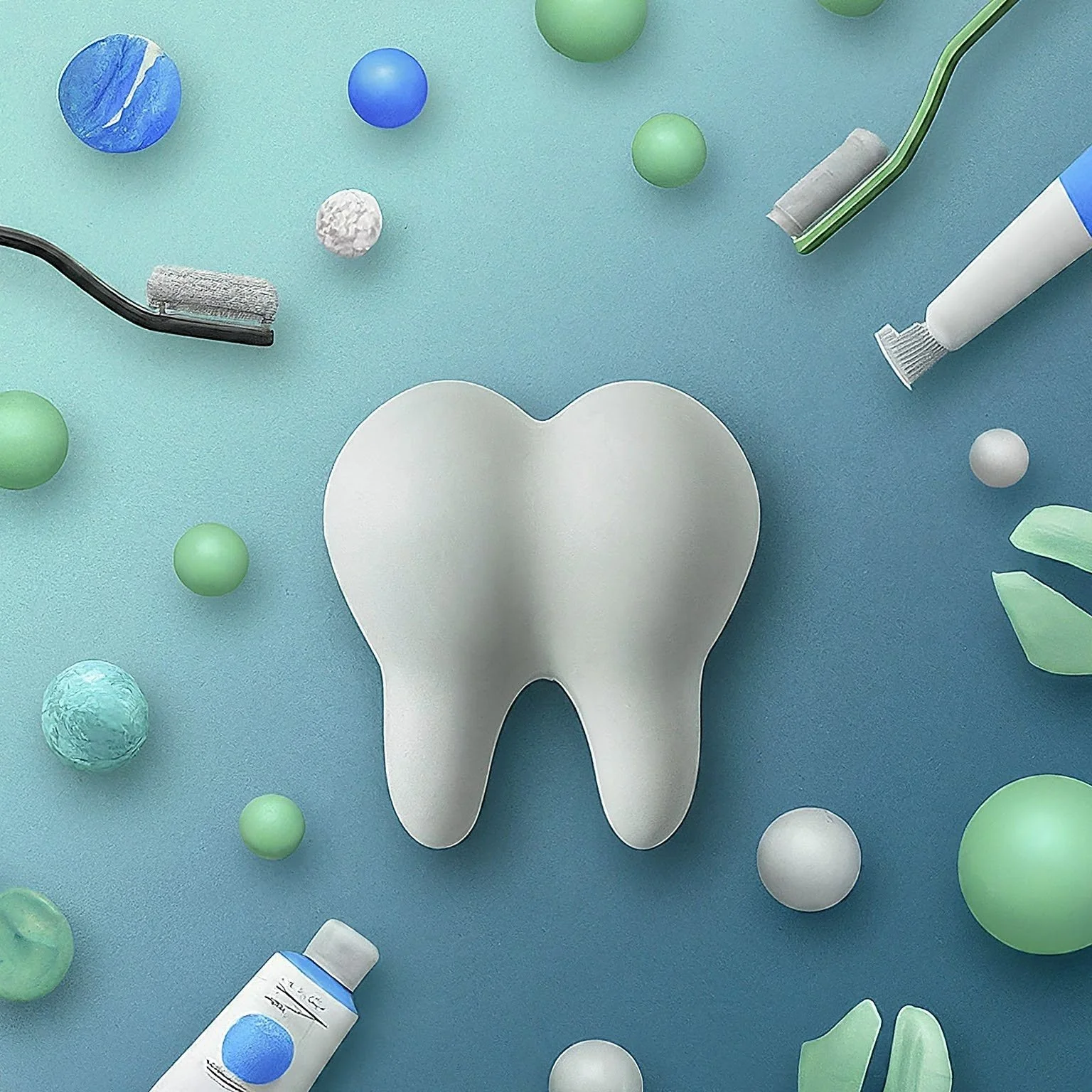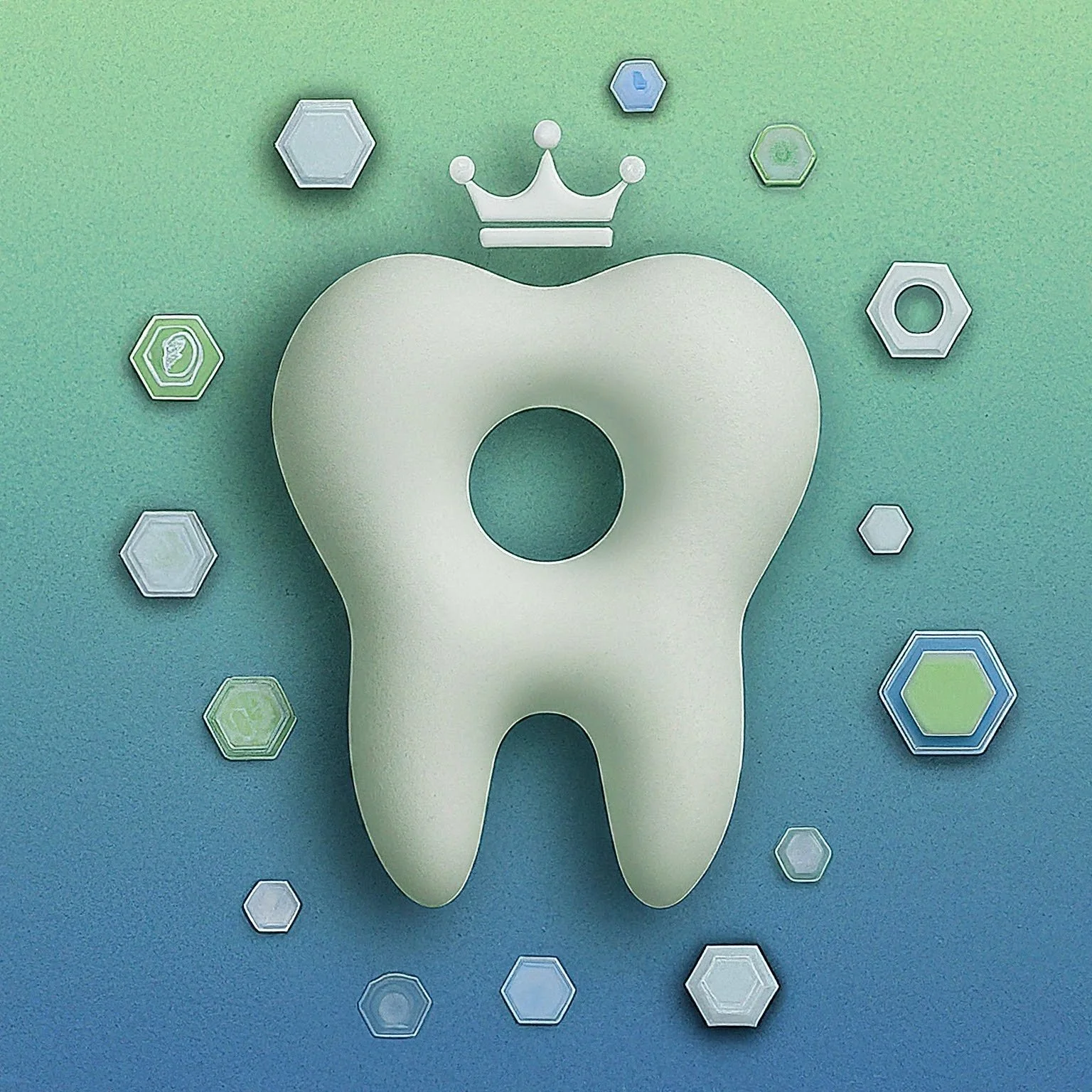Revolutionize Your Smile: Types of Dental Implants and Procedures That Will Change Your Life!
Dental implants represent a revolutionary stepping stone in dentistry, bringing to life new heights of stability and performance. The two common types of dental implants are the endosteal and subperiosteal which each have their own specific advantages, and application. Endosseous implants are placed in the jawbone where they are abutted by artificial teeth and provide the required strength, while superperiosteal implants are placed externally on the bone but under the gum cover. These types of operations require well-planned and accurately performed by skilled professionals for the best outcome. Implantation procedures in the dentistry industry keep on evolving with the use of evolving technologies, still offering patients life-changing dental solutions for missing and damaged teeth.
What are the different types of dental implants?
Plunging in the sphere of dental implants, one would see the abundance of choices that differ according to individual preferences. Dental implants range from endosteal implants (being placed directly into the jawbone), to subperiosteal implants, which rest on top the jawbone but below the gum tissue. Within the scope of different anatomical and lifestyle factors, there is an array of dental implant solutions to choose from. To this five new methods are added which are All-on-4 that gives a full set of teeth using four implants only and zygomatic implants that are made for patients with inadequate bone in the upper jaw thus broadening the scope of implant options. Knowing the difference between these types of sugar makes people more knowledgeable and have the right information to choose foods for good dental health.
What is the dental implant placement procedure?
The core processes for dental implant placement include a number of critical steps to make sure the lifetime and satisfactory outcome of the implants. The procedure begins with the initial fundamental examination of a patient's oral health and bone structure to figure out the appropriateness of the implant placement. This is first performed with more generalized examination techniques such as X rays or CT scans to find out the bone density followed by the identification of the best placement positions for the implants. Once identified, pilot holes will be made and an implant will be torqued into place. Finally, the bone healing and osseointegration processes start thus that the implants attach to the nearby bone for fantastic support.
What is the difference between an all-on-4 implant and the traditional implant?
Recently, All-on-4 and All-on-6 implants have been marketed as an alternative procedure to traditional implants for restoring a full set of teeth with fewer implants. The All-on-4 experience is centered on the placement of just 4 implants, in order to support an entire arch of teeth, offering more feasible and cost-effective dental solutions for the edentulous patients. In the meantime, All-on-6 implants places six implants for greater stability and retention especially those with higher chewing force requirements. The main characteristic that differentiates is the number of implants and how they are placed to be able to attend to the individual anatomy and treatment preferences. Knowing these differences provides patients with an opportunity to experiment and find a personalized one-stop solution for complete tooth replacement.
What are same-day dental implants?
The concept of same-day implants – or immediate load implants as they are sometimes referred to – has marked a genuine breakthrough in the field of dental implant technology: patients can now receive fully-functioning teeth in only one sitting. (You can’t actually have a “fully functional” implant, but you do have a semi loaded implant immediately. The final crown isn’t placed until the implant is completely incorporated. Which usually takes three months after). This groundbreaking method of treatment bypasses the traditional implantation timeline which can be spanned by putting a temporary crown or bridge on the day of surgery without the need for a prolonged healing period after dental implantation to receive the prosthetic teeth. The procedure starts with a complete assessment of the patient’s dental health and treatment plans, followed by the exact positioning of the implants and the immediate attachment of a temporary restoration, which gives an immediate aesthetic and functional benefit. An improved timeline, designed to suit short-term needs, allows the users to get their tooth back in a quick and easy way under strict quality control.
Conclusion
Having a clear grasp of available dental implants and procedures could actually enable individuals to make sound oral health choices. Whether the type of implants financial considerations and patient’s oral health condition are being discussed; traditional implants, All-on-4 or All-on-6 implants, mini implants, or same-day dental implants all need a specialist recommendation to distinguish the best choice for the patient. Through the inspection of the pros and cons as well as the process involved in all varieties of implants, patients can start on the path to owning confident and healthy smile.
How Cosmetic Dentistry Can Boost Your Confidence and Transform Your Smile
Cosmetic dentistry can improve your smile and bring back your confidence by addressing concerns of teeth such as discolouration, misalignment or chipped and worn down teeth. Cosmetic dentistry procedures like whitening, veneers, or orthodontic interventions enhance the natural beauty of your smile, giving you confidence. A confidence that often translate to work, boosting interpersonal relationships.
Which dental concerns does cosmestic dentistry typically treat?
Patients often sought out a dental solution for misaligned, stained, or chipped teeth. Treatments, such as teeth whitening, veneers, crowns, or orthodontic treatments, are commonly used to improve the function and appearance of your smile. Visiting a professionally trained dentist for a detailed consultation, discovering treatments tailored to your specific dental needs will get you started on this journey to better oral and overall health.
What does teeth whitening do for my teeth?
There are different types of teeth whitening currently available on the market. , Within the office, we offer in-office treatments as well as customizable home-whitening kits. The in-clinic treatments are typically applied with a high-concentration bleaching agent, which may be thermal or light-activated, to provide fast and effective results. Protective barriers will be placed due to the higher concentration of active agents, which is why it can only be safely done within clincal setting. At home custom trays, are also offered. These are customized trays for a medium concentration bleaching agent to be used in a safe manner at the comfort of your own home. This is a slower process, however patients can go at their own pace at the comfort of their living room.
What are dental veneers? How do they improve my smile?
Veneers are customized porcelain shells that are made to fit your teeth to enhance your smile. These thin shells are made to bond to to the front surface of your teeth. The veneers are customized to shape, colour which allows for your teeth to function appropriately without compromising your dream smile. The process usually requires no or minimal tooth removal that accounts for this being a rather conservative smile improvement technique.
What are the advantages of using orthodontic treatment in aesthetic dentistry?
Orthodontic treatment brings a multitude of advantages, offering proper alignment for bite forces as well as a symmetrical smile. After moving each tooth to their idealized location, the properly aligned teeth are easier to manage. Therefore, it helps you to have a lower possibility of dental problems, including the cavity and gum disease.
Conclusion
There are many tools that can help to solve different dental issues and make your smile better. All this information can be daunting and confusing. Which is why it is important to find a dentist that can guide you every step of the way. With a clear picture of results you want, allowing the dentist and the patient to work towards that goal together in a conservative and effective manner.
The Ultimate Guide to Dental Crowns: Questions to ask your dentist
As dentistry progressed, different dental materials became available on the market. Each material has its own strengths and weaknesses, and your well-informed dentist is a great source for the latest, up-to-date recommendations. Traditionally, gold crowns were placed for their conservative tooth reduction, allowing optimal strength for very little tooth reduction. However, gold-coloured teeth seemed to have fallen out of fashion over time due to the colour. This leads us to the newer zirconia crowns, which are made with a tough material that has incredible strength. This does require a larger tooth reduction to fit the minimal thickness required, but the esthetic improvement is highly sought after. Then there is the layered porcelain crown, which can achieve unmatched esthetic results. Although strength isn’t as strong as gold or zirconia crowns, we can achieve unparalleled cosmetic results with layered porcelain crowns.
What are dental crowns?
A dental crown is a customized helmet, often referred to as a cap, that fits over your natural tooth structure. It is often used on heavily restored teeth in order to prevent fractures. It often involves two appointments. At the first appointment, the dentist will remove any unsound structures and have a temporary crown fitted over the tooth. The patient will then use their temporary crown and function on it to ensure optimal bite sensation. Once the patient is happy and no modification is required, a customized crown, made with the material agreed upon, will be permanently cemented at the second appointment. The customized crown will be made to mimic the function of the temporary crown to ensure that the permanent crown will also fit seamlessly.
Do I really need a crown?
Individuals who have very worn out, cracked, or fractured teeth also stand to benefit from the strength and durability the dental crowns would give themThere is often only so much we can do before the tooth can no longer support a filling. I like to compare it to a leaky roof. Once you patch out the whole roof, it is often time to replace it. Your dentist will explain the longevity of a crown vs. yet another large restoration. After they have been informed, the choice is always up to the patient.
One should consult with a dentist before getting a crown to determine if this is a correct solution for your particular dental problem.
What is the procedure of placing a crown on a tooth?
A dental crown requires maticulous planning. Before the start of the appointment, we will take a digital impression of your current dentition to map out the tooth and its relationship it has with its neighbours as well as opposing tooth. Then we will discuss the type of material that will work best for that location. Once agreed upon, the dentist will reduce the tooth and replace any structurally unsound parts. When the tooth is prepped to the proper size and shape it will be scanned and sent to a dental laboratory where a customized crown will be made. The patient will leave with a chair side customized temporary crown. This crown is then used in the patient’s day-to-day life to ensure proper bite and shape have been achieved. When we get the comfort approval from the patient, the permanent crown, which is made to the same dimension and bite relationship, will be cemented with a permanent cement.
Ok, now I have a crown, what do I have to look out for?
Since the crown sits on natural tooth structure, The tooth is still suspectable to dental decay and gum disease. Taking good care will require you to practice proper dental practices which should include brushing and flossing twice a day. By means of using soft bristled toothbrush and paste that is non-abrasive, tooths surface can be protected from damage. Moreover, regular dental check-ups and cleanings must be attended to keep the crown monitored Prevention of breakage of the crown can be achieved by avoiding hard or sticky foods and also by quitting habits like teeth grinding and chewing on objects that are not food. Please don’t open beer bottles with your teeth. If you have signs of bruxism, teeth grinding, a guard is often recommended to protect your teeth.



